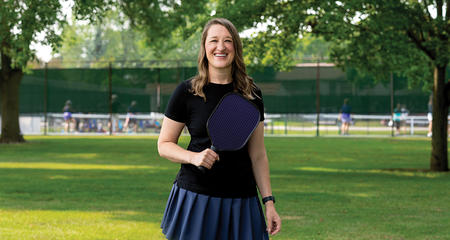Minimally invasive maze procedures offer you the strong possibility of an atrial fibrillation (AFib or AF) cure without open-heart surgery. Success rates show that patients undergoing a minimally invasive maze procedure such as cryomaze, convergent maze or the traditional maze procedure (requiring open heart surgery) often achieve complete freedom from AFib symptoms (irregular electrical impulses in the heart) without medications.
Both the minimally invasive maze procedures and traditional maze procedure are suitable if you are part of the sizable group of AFib patients who do not respond well to standard therapies. The traditional maze procedure requires a major chest incision, and the use of a heart-lung bypass machine, which results in longer recovery times.
Our team of cardiothoracic surgeons is one of a select few that offers the full scope of maze procedures. With this specialty expertise available, you can be rest easy knowing that you are receiving the most appropriate option for your AFib.
How Maze Procedures Work
Every heartbeat begins with an electrical impulse generated in the right atrium, an upper chamber of the heart. Normally, these impulses spread through the heart along well defined pathways, causing the heart muscles to contract in an orderly pattern. AFib occurs when electrical impulses bypass these regular pathways, causing disorganized and rapid heartbeats. A maze procedure creates a "maze" of scar tissue that interrupts irregular electric flow and redirects the impulses along a better course.
Your team will give you instructions to prepare for your Maze procedure. In most cases, you will not be able to eat or drink anything after midnight. Ask about whether you should continue to take any medications. You may need pre-procedure imaging such as an transesophageal echocardiogram (TEE) or an MRI.
Performing a Minimally Invasive Maze Procedure
Each minimally invasive maze procedure is performed through a small incision at the right side of the chest without the need to cut through chest bone. Our multidisciplinary team of physicians will work with you to determine what treatment option is the most appropriate for your AFib. When possible, our cardiothoracic surgeons offer appropriate minimally invasive surgery options that result in quicker recovery times and less pain.
During a cryomaze procedure, surgeons using a special probe that can drop to temperatures well below zero degrees. This allows surgeons to work from inside the heart to strategically freeze heart tissue to create a maze of scar tissue.
During a convergent maze procedure, surgeons use radiofrequency ablation (focused heat) to create scar tissue in problem areas of your heart.
During each maze procedure, surgeons will most often close a part of the heart called the left atrial appendage (LAA), which reduces risk of stroke caused by that area of the heart. In 90 percent of AFib cases, blood clots arise from the LAA.
Immediate Relief
AFib symptoms stop immediately for the majority of maze procedure patients and often do not return. Additionally, you can have the confidence of knowing that your risk of stroke has decreased dramatically.
Since the maze procedure requires surgery and isn't done via catheter, the recovery can take a little longer. You will typically complete cardiac rehabilitation following the procedure and return to regular activities on a part-time basis within three weeks. Full-time activities usually resume in about one month. Your care team will provide you with post-procedure instructions regarding weight limits for lifting, exercise, medications and follow-up appointments.
Virtual Visits Are Available
Safe and convenient virtual visits by video let you get the care you need via a mobile device, tablet or computer wherever you are. We'll assess your condition and develop a treatment plan right away. To schedule a virtual visit, call 414-777-7700.
More to Explore





